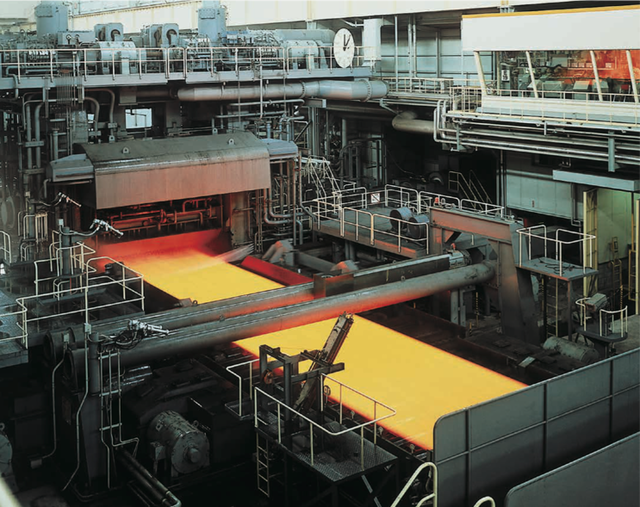Partner: ITA technology & software
field: STEEL-MAKING INDUSTRY
The ITA technology & software company was founded in 1991 and is a supplier of software solutions and technologies in the field of rolling, forming, heat treatment, and metallurgy. ITA is engaged in the development of modern hot and cold rolling technologies as well as computer simulation and prediction of mechanical properties after heat treatment. It supplies know-how and software solutions to leading major producers of rolling equipment, technologies, and control systems. Many of their software solutions have been successfully installed in rolling mills around the world.
The main objective of the collaboration between ITA and IT4Innovations is to analyse the possibilities for applying machine learning (ML) methods to predict parameters used in the cooling process following steel rolling. The correct setting of these parameters is necessary to properly control the cooling to maintain the required quality of the final product. The aim of this analysis is to find out if the prediction given by ML models can surpass currently established methods based on combinations of previously used values.
The ML model is based on multi-layered feedforward neural networks. The material and physical properties of the metal sheet, together with the water coolant temperature, are used as input variables. The output of the neural network is the predicted value of the cooling parameter. The training sets consist of historical data from previously processed sheets. The data include the values of the parameters that were used in the cooling setup and their optimal values, which were calculated after the cooling. We have designed several models that include distinct sets of input parameters, and have performed an analysis of the dependence of the output on those variables. Also, the possible effect of outages on the prediction has been studied. The comparison of the ML model with the established one was based on the difference between the optimal values and the predicted ones (the values given by the established model correspond to those already used in the cooling setup).
A large amount of water is used to cool the steel strips, the volume of which is determined by the calculation of the automation software module. This module is based on solving a temperature model to estimate the temperature of the following belt. For this temperature model to work properly, it needs to be adapted, using two or three adaptation parameters, depending on the actual measured cooling temperature. Currently, this adaptation is performed based on the experience of the chiller operator.
The aim is to replace the need for correction by the user with automatic correction based on artificial intelligence methods. This substitution will allow for a more accurate calculation of the estimated belt temperature after cooling, thus making the entire cooling process more efficient.

PARTNER´S NOTE
Daniel Hajduk
ITA technology & software Executive Manager
"The collaboration with IT4Innovations and the use of machine learning methods have been very beneficial for us, as the deployment of artificial intelligence allows for more accurate temperature calculations. Thanks to the optimal adjustment of the cooling process, time and therefore costs are saved. In addition to these benefits, I would also like to highlight the positive impact on the environment thanks to the optimised cooling process."

This success story was supported by the EuroCC project. This project has received funding from the European High-Performance Computing Joint Undertaking (JU) under grant agreement No 951732. The JU receives support from the European Union’s Horizon 2020 research and innovation programme and Germany, Bulgaria, Austria, Croatia, Cyprus, the Czech Republic, Denmark, Estonia, Finland, Greece, Hungary, Ireland, Italy, Lithuania, Latvia, Poland, Portugal, Romania, Slovenia, Spain, Sweden, the United Kingdom, France, the Netherlands, Belgium, Luxembourg, Slovakia, Norway, Switzerland, Turkey, Republic of North Macedonia, Iceland, Montenegro. This project has received funding from the Ministry of Education, Youth and Sports of the Czech Republic (ID:MC2101).
